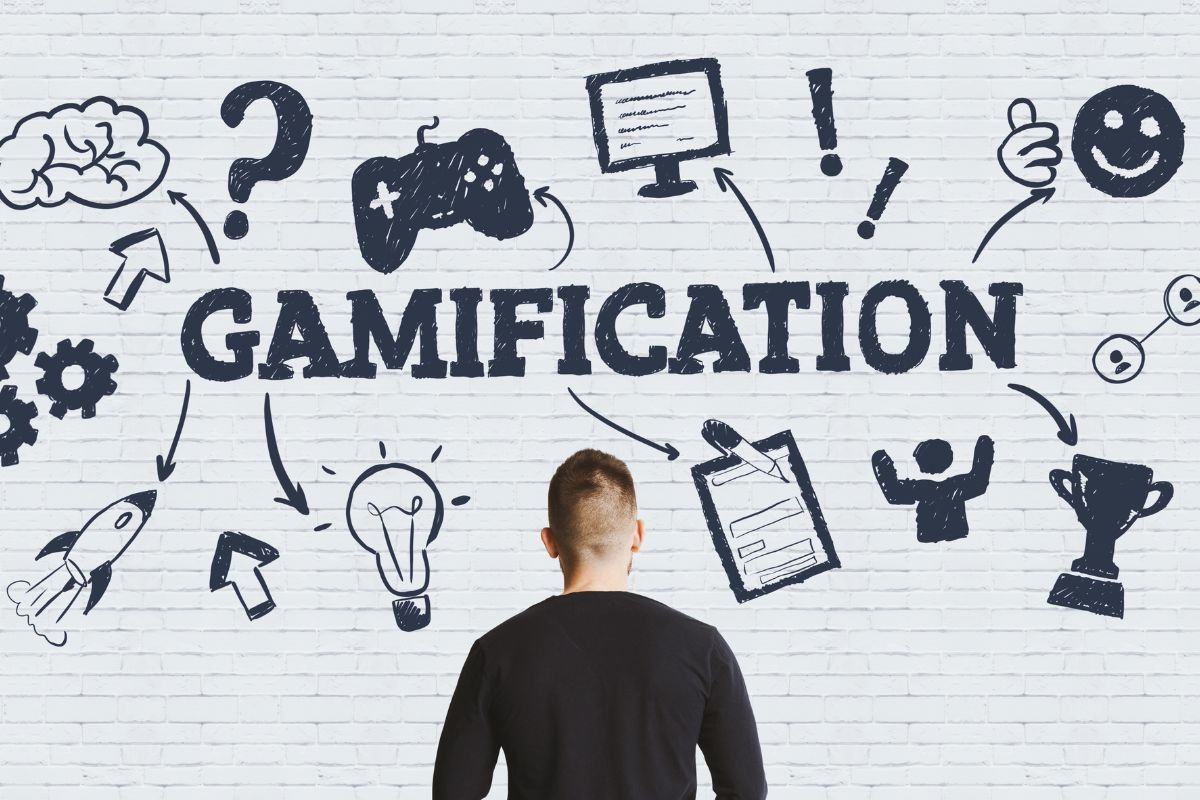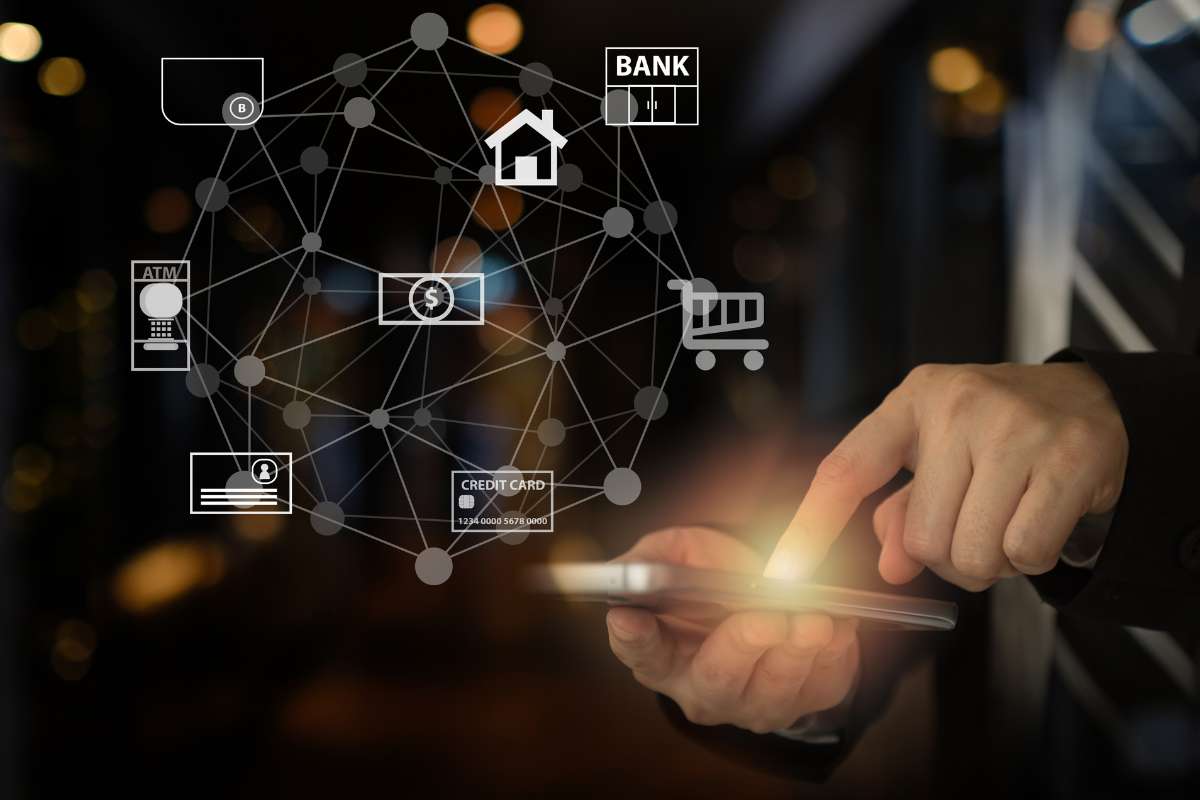In today’s fast-paced world, where time is a precious commodity, traditional learning methods are evolving to accommodate the needs of busy students. It has emerged as a revolutionary approach that caters to the demands of modern education. This comprehensive guide explores the concept and its benefits, implementation strategies, and its impact on student success.
Understanding Microlearning
It refers to delivering content in short, focused bursts, typically ranging from a few seconds to a few minutes. It is designed to meet specific learning objectives and is characterized by its brevity and focused nature. Unlike traditional long-form learning, breaks down complex information into easily digestible chunks, making it ideal for students with limited time and attention spans.
The Benefits for Students
1. Accessibility and Convenience
Microlearning modules are accessible anytime, anywhere, through various devices such as smartphones, tablets, and laptops. This accessibility ensures that students can engage with learning materials at their convenience, fitting study sessions into their busy schedules.
2. Enhanced Retention Rates
Studies have shown that short, frequent learning sessions improve retention rates compared to longer, intensive study sessions. Microlearning capitalizes on the spacing effect, where information is better retained when learned over spaced intervals rather than in one sitting.
3. Personalized Learning Experience

It allows for personalized learning experiences tailored to individual student needs. Students can choose the topics or modules that are most relevant to their learning goals, enhancing engagement and motivation.
4. Cost-Effectiveness
From an institutional perspective, microlearning can be a cost-effective solution. It reduces the need for extensive training sessions or workshops, as learning materials can be developed and delivered efficiently in bite-sized formats.
5. Flexibility in Learning Pace
Each student learns at their own pace. Microlearning offers the flexibility to pause, rewind, or revisit content as needed, allowing students to grasp difficult concepts at their speed.
As a visionary CIO, embracing microlearning is pivotal for transforming educational paradigms. By leveraging bite-sized, accessible learning modules, we empower students with knowledge at their fingertips, fostering continuous growth amidst busy schedules. This approach not only enhances engagement and retention but also adapts seamlessly to diverse learning styles through interactive, personalized content. Embracing microlearning ensures our educational institutions stay agile, responsive, and ahead in a digital age where learning is dynamic and accessible anytime, anywhere. Let’s pioneer microlearning to cultivate a future-ready generation empowered by knowledge, innovation, and limitless learning opportunities
Implementing Strategies
1. Curriculum Integration
Integrate its modules into the existing curriculum to complement traditional teaching methods. Identify topics or subjects where it can enhance understanding or reinforce key concepts.
2. Content Creation
Develop engaging and interactive content that aligns with learning objectives. Use multimedia elements such as videos, infographics, quizzes, and simulations to make learning more dynamic and effective.
3. Mobile-Friendly Approach
Optimize platforms for mobile devices to ensure seamless access for students on the go. Mobile compatibility enhances accessibility and encourages continuous learning beyond the classroom.
4. Gamification Elements

Incorporate gamification elements such as badges, leaderboards, and rewards to incentivize student participation and engagement. Gamified it modules can motivate students to actively pursue knowledge and achievements.
5. Assessment and Feedback
Implement regular assessments and feedback mechanisms within modules to gauge student understanding and progress. Immediate feedback allows students to identify areas for improvement and reinforces learning outcomes.
The Impact of on Student Success
1. Improved Knowledge Retention
By breaking down information into bite-sized chunks, it promotes better retention and understanding of complex topics. Students retain information more effectively when learning is spaced out and reinforced over time.
2. Enhanced Engagement and Motivation
The interactive and personalized nature of its modules fosters greater engagement and motivation among students. Short, focused sessions maintain student interest and encourage active participation in learning activities.
3. Time Efficiency
It optimizes study time by focusing on specific learning objectives. Students can absorb essential information quickly and efficiently, making the most of their limited study sessions amidst busy schedules.
4. Real-World Application
It emphasizes practical knowledge and skills that students can immediately apply in real-world scenarios. By focusing on actionable content, students gain practical insights that enhance their academic and professional competencies.
5. Adaptability to Learning Styles
Microlearning accommodates diverse learning styles and preferences. Visual learners may benefit from video tutorials, while auditory learners may prefer podcasts or audio-based modules. This adaptability ensures that every student can engage with content in a way that suits their individual learning preferences.
Challenges and Considerations
1. Content Overload
While reduces information overload by breaking content into smaller segments, there is a risk of overwhelming students with excessive modules or fragmented learning experiences. Careful curation and sequencing content are essential to maintain coherence and effectiveness.
2. Technical Infrastructure

Effective implementation requires robust technical infrastructure and access to reliable internet connectivity. Educational institutions must ensure that students have access to the necessary devices and resources to engage with platforms seamlessly.
3. Integration with Traditional Learning
Balancing it with traditional teaching methods requires careful planning and coordination. Educational stakeholders must collaborate to ensure that complements rather than replaces traditional classroom instruction.
Future Trends
1. AI-Powered Adaptive Learning
Advancements in artificial intelligence (AI) will enable adaptive platforms that personalize learning experiences based on individual student progress and performance.
2. Virtual Reality (VR) and Augmented Reality (AR)
VR and AR technologies will enhance immersive experiences, allowing students to interact with virtual environments and simulations to reinforce learning outcomes.
3. Blockchain for Credentialing
Blockchain technology may revolutionize credentialing and certification in it providing secure, verifiable credentials for completed modules or courses.
4. Data-Driven Insights
Analytics and data-driven insights from platforms will enable educators to assess student engagement, performance trends, and areas for improvement more effectively.
5. Global Accessibility
It will facilitate global accessibility to education by overcoming geographical barriers and providing learning opportunities to students worldwide through online platforms and digital resources.
Conclusion
It represents a paradigm shift in education, offering a flexible, accessible, and effective learning solution for busy students. By embracing microlearning strategies, educational institutions can enhance student engagement, improve knowledge retention, and prepare students for success in a rapidly evolving digital landscape. As the educational landscape continues to evolve, microlearning will play a pivotal role in shaping the future of learning and empowering students to achieve their academic and professional aspirations.
Incorporate microlearning into your educational journey today and experience the transformative power of Microlearning firsthand.


















